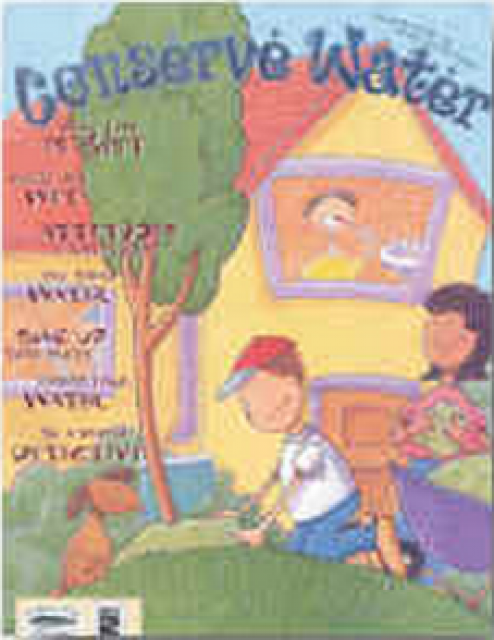Water Conservation Measures
Earth has a finite amount of fresh, usable water. Fortunately, water is naturally recycled (collected, cleansed, and distributed) through the hydrologic cycle. Humans have developed the technology to speed this process. However, because of diverse factors (drought, flood, population growth, contamination, etc.) water supplies may not adequately meet a community’s needs. Conservation of water can ensure that supplies of fresh water will be available for everyone, today and tomorrow.
Water conservation involves changing habits. Since many of these habits have evolved over a lifetime, they can prove difficult to alter. People can become active in conserving water by starting simply, then gradually taking more advanced steps to reduce water consumption. The simplest habits involve turning off water whenever it is not being used. When water is needed for rinsing dishes, it can be held in a sink rather than allowing it to flow unused down the drain
An individual may simply use less water. For example, some people use a hose to “sweep” sidewalks, when a broom works well. People can shorten their shower times or reduce the amount of water they use when bathing.
Other conservation methods may initially require more effort and funds, but in the long run will save money and resources. For example, households can install low-flow showerheads with smaller holes that reduce water flow and increase pressure. A capped bottle weighted with stones takes up space in a toilet tank, reducing the amount of water available to flush down the drain.
| 1. Use a broom instead of a hose to sweep sidewalks and driveways. | 7. Install a low-flow showerhead. |
| 2. When washing the car, use a hose with an on/ off nozzle or use buckets of rinse water. | 8. Turn off the water when it is not in use. Don’t leave it running when brushing teeth. Turn off the water between soaps and rinses when washing hands. |
| 3. Water lawns in the mornings or evenings when water will not evaporate as quickly. Make sure the water lands on vegetation and not on streets or sidewalks. If possible, save rainwater for watering lawns. | 9. Run the dishwasher or washing machine only with a full load. |
| 4. If you need to run water before it becomes hot, store the cool running water in a bottle for use in rinsing dishes, and washing vegetables and hands. | 10. Keep a bottle of cold drinking water in the refrigerator instead of running water until it becomes cool. |
| 5. When washing dishes by hand, use a sink full of rinse water rather than letting the water run. | 11. Limit shower time to 5 minutes or less. |
| 6. Fix leaks! | 12. Take showers instead of baths. |
Every Drop Counts, Project WET Curriculum and Activity Guide© 1995, Project WET International Foundation and CEE









